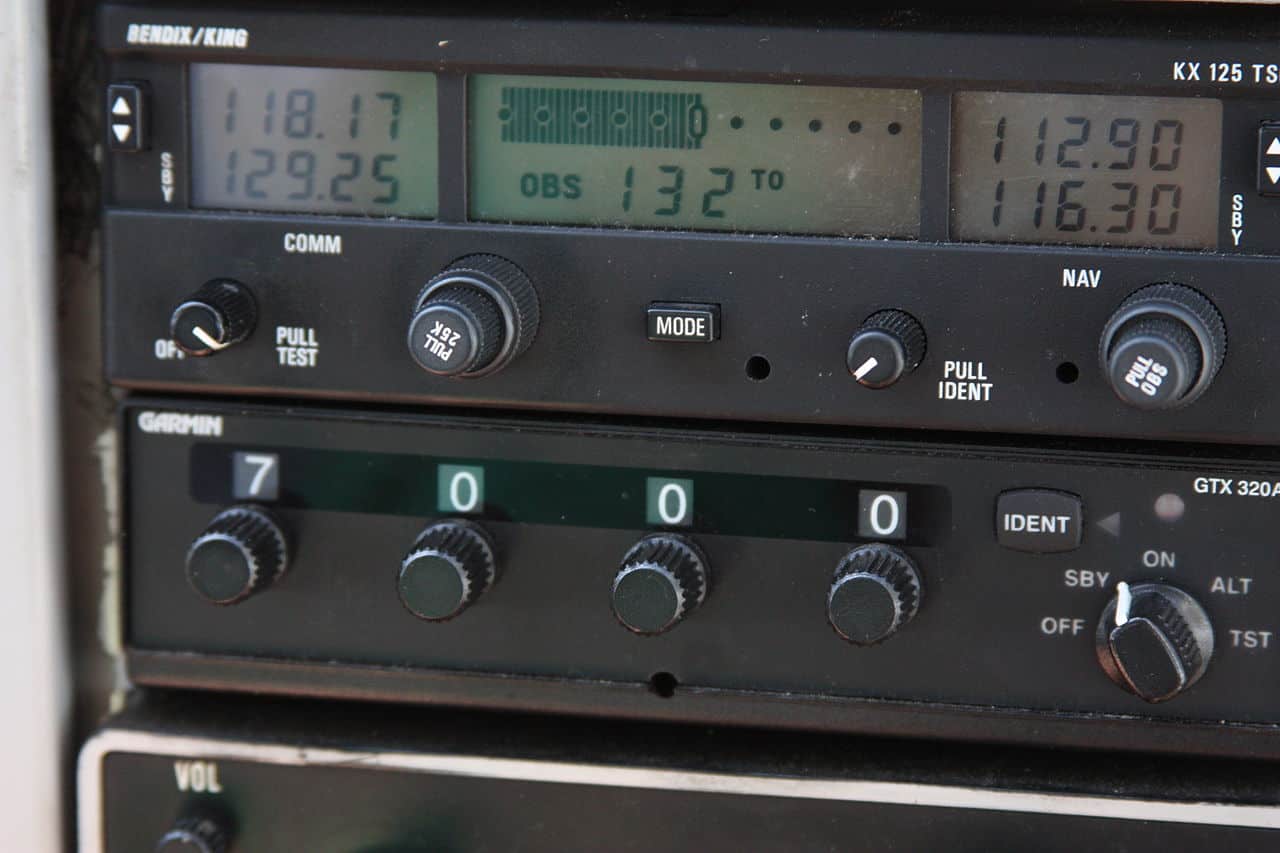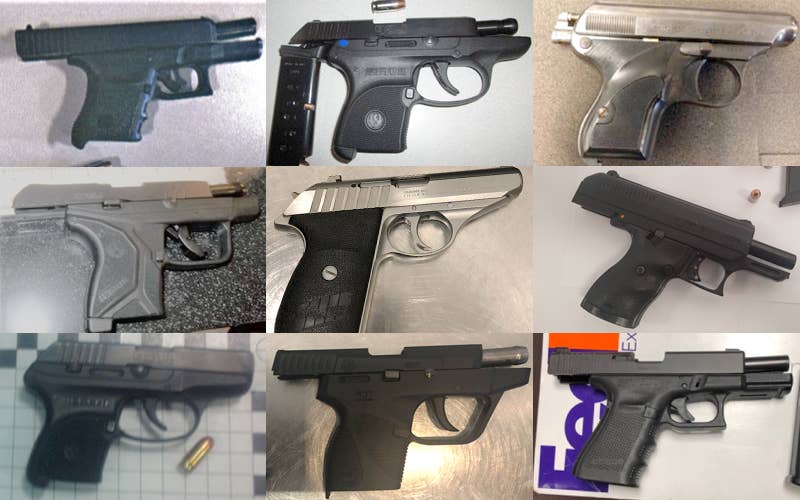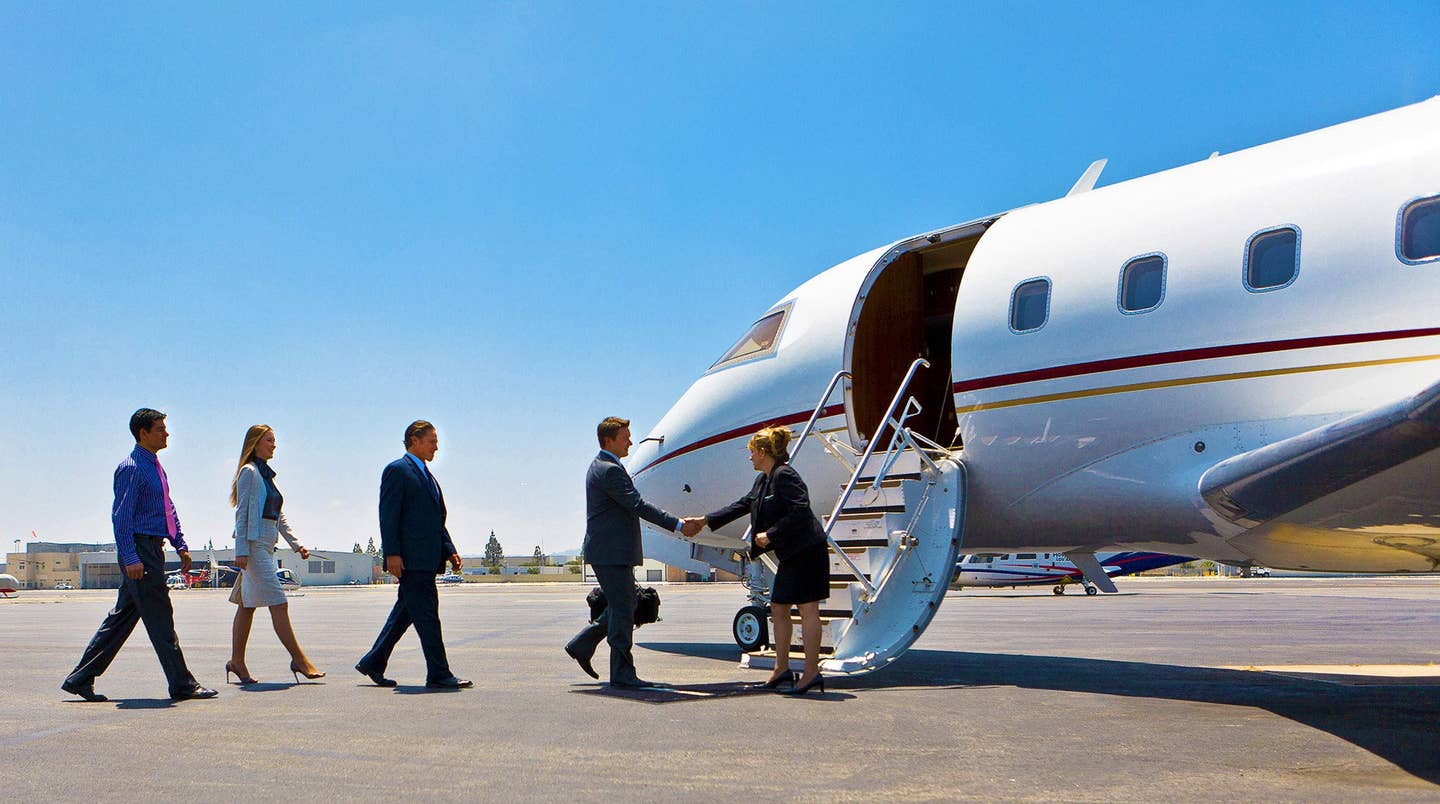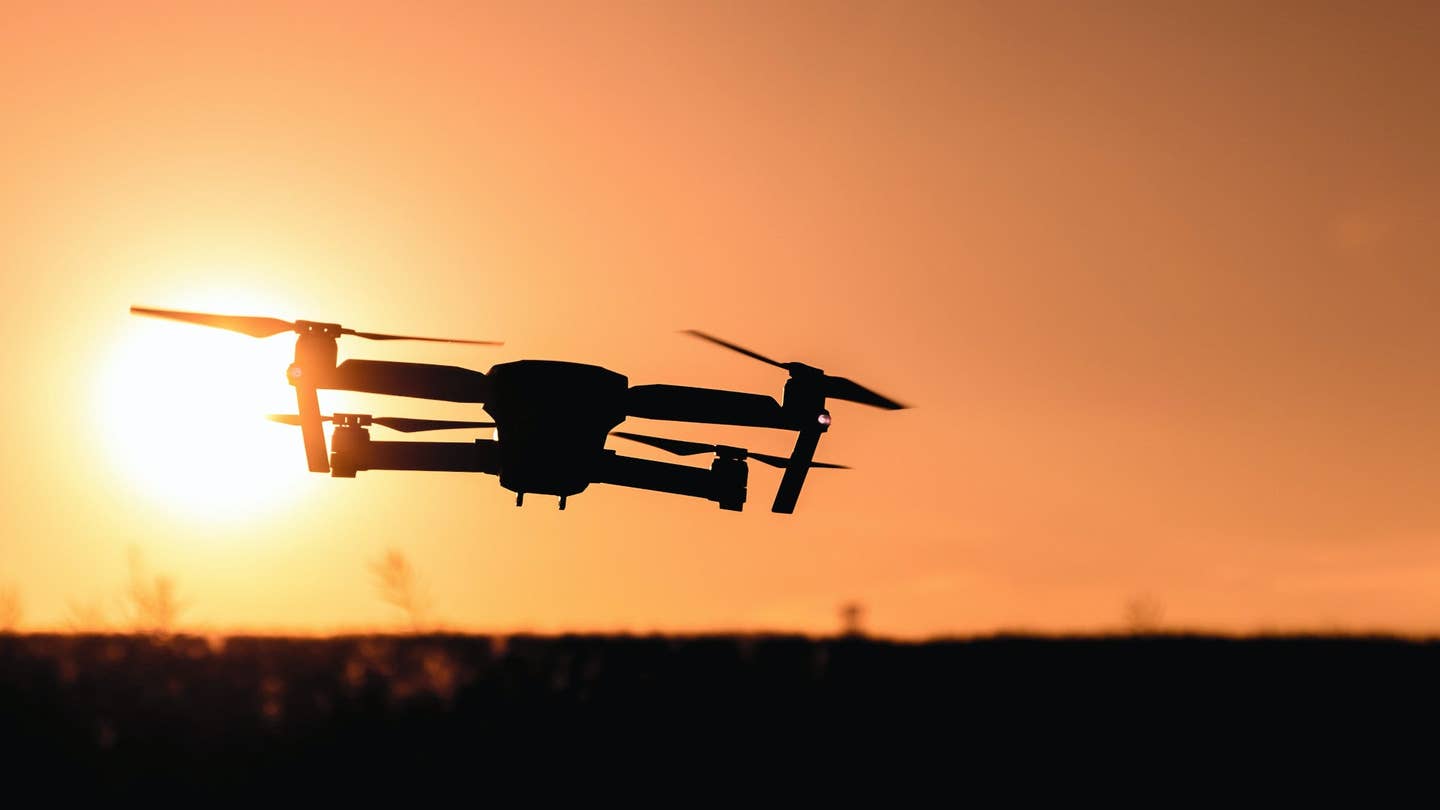
DME is a radio navigation technology that measures the slant range (distance) between an aircraft and a base station.[Credit: Istock]
Distance measuring equipment (DME) is a particular type of radar that's used for aviation. Planes use it to know how far or close they are to the runway or other obstacles like mountains. It measures distance by generating a coded signal tone that correlates to the distance traveled by sound between the instrument and the reflector.
Distance Measurement Equipment (DME) is also called "airborne DME" because of its typical use on aircraft. This equipment is primarily installed in airplanes; however, you can fit it in helicopters and other transport vehicles.
This article will discuss all you need to know about distance measuring equipment (DME), how it works, and its pros and cons.
How Does Distance Measuring Equipment Work?
The concept behind distance measuring equipment is both simple and complex. The basic idea is to superimpose a scale onto a structure and measure its height and width. But how exactly does the equipment work, and how do we use it?
Distance measuring equipment or DME is used in aviation to assist pilots with navigation. The primary purpose of DME is to offer ground-based navigators the ability to determine how far they are from a particular location. Distance measuring equipment does this by measuring the time required for an RF signal (Radio Frequency signal) to travel between two points. This distance is then displayed on an instrument, allowing pilots to navigate with greater accuracy.
In aviation, Distance Measuring Equipment is essential. The primary purpose of the DME is to provide indications or measurements of distance representing different visible or nonvisible radio stations. The signals are generated using highly stable oscillators, pulse modulators, and low-power transmitters connected to the DME unit.
Is DME Still Used?
Distance measuring equipment (DME) systems used to be an integral part of air traffic control at many airports, but now that air navigation service providers typically use satellite-based approaches such as GPS and WAAS, these land-based DME systems are used has reduced.
How Accurate is DME?
Measuring the distance of flight can be very tricky. Distance Measuring Equipment ground stations have a precision of 0.1 nautical miles.
Where Is DME Required?
When very high-frequency omnidirectional range navigation (VOR) is used, the Federal Aviation Regulations mandate DME for flights at or above Flight Level 240 as specified in Federal Aviation Regulations 91.205(e). Some instrument approach methods necessitate DME. DME is also used in other ways to describe optional step-down solutions that allow for lower minimums.
Does VOR have DME?
A UHF frequency linked with the VOR's VHF frequency provides slant-range distance via the VOR's inbuilt DME. A VOR frequency is used in conjunction with DME frequencies. The frequency of the co-located DME is automatically tuned when the pilot of a DME-equipped aircraft adjusts the frequency of a VOR with DME.
Can I Use GPS for DME?
When DME transmitters are temporarily out of operation, you can utilize GPS in place of DME on all localizer-type approaches as well as VOR/DME approaches. GPS also meets the requirement for DME at and above Flight Level 240 as stipulated by the Federal Aviation Regulations.
Factors Involved with DME
The general principles of how distance measuring equipment (DME) works are pretty simple. Although, simply, the answer is that they use radio waves to send your location back to fleets or headquarters, it's a little more elaborate than that.
Below are a few features of the DME receiver:
- Channel (Frequency) Selector
A Distance Measuring Equipment (DME) channel is a frequency on which the aircraft transmits a signal to the DME unit, with an encoded digital word identifying the intended receiver. The DME picks up the signal and decodes its identification number, with the encoded digital word identifying the intended receiver.
In this way, a single DME can provide distance information for multiple aircraft at one time. DMEs are usually transmitted by a VHF radio, or a selector switch may be available, which allows the pilot to choose which VHF radio transmits the DME.
- Mode Switch
A mode switch is useful on aircraft with instrument landing systems (ILS). The mode switch is an important safety feature incorporated into the design of most distance measuring equipment. It is used to select from all possible modes of operation available on most distance measurement instruments.
- Altitude
Altitude is the distance from an aircraft to the landing runway. The measuring equipment can be either a radar altimeter or a subsystem in which signals from two or more non-collinear transmitters are received and referenced to a common datum.
- Some DME Errors
Below are some DME errors:
DME ground speed and time-to-station are only accurate when flying directly to or from the ground station. If you fly in any other direction, your ground speed and your time-to-station will be incorrect.
The distance measured by DME is the straight-line distance between the airplane and the ground station. This is also known as slant range, and it may be slightly longer than the actual horizontal distance due to the difference in height between the aircraft and the station. A slant range error may occur when the plane passes straight over the station; instead of reading zero, the DME displays the plane's height above the station.
- DME Range
DME is limited and must be within a direct line of sight of the ground station for it to work effectively. Even a few feet away, any physical barrier can block the pulses from reaching the aircraft or ground station. High air traffic density is another factor that can affect the DME range.
Distance Measuring Equipment is not always as accurate or as precise as GPS. However, it's commonly used in the aviation industry because it gives pilots familiarization with traffic-reception technology, and experience with approach control procedures, and allows VFR pilots to quickly identify primary and secondary airports along their route.
Advantages of DME
Below are some of the advantages of DME:
- It is rarely affected by thunderstorms.
- Pilots use DME to measure the slant range of the aircraft from the Distance Measuring Equipment ground station location.
- It is relatively easy to use.
Disadvantages of DME
Below are some of the disadvantages of DME:
- Line-of-visibility between the aircraft and the ground station is required, or else it may affect the DME range
- Due to the UHF frequency of operation, the DME system is limited.
GPS DME vs. Traditional DME
Distance Measuring Equipment (DME) is an analog navigational system that employs UHF and VHF radio frequencies to determine your distance to a location in space. In contrast, GPS displays the latitude or longitude distance measured between two points and can be used for IFR flying in most instances.
A TSO-C129, TSO-C196, TSO-C145, or TSO-C146 compliant GPS is required for you to use GPS during instrument flight. These are referred to as "suitable RNAV systems" by the Federal Aviation Administration. DME measures Slant Range. Slant range would be the distance between your aircraft and a DME station if you drew a hypothetical line between them. GPS is more accurate and precise than DME; hence it is usually preferred over DME.
Learn More About the Distance Measuring Equipment
This article has discussed all you need to know about DMEs. This cuts across what exactly the Distance Measuring Equipment means and what it is used for, how it works, factors affecting it, etc. Do you have any further questions? Do not hesitate to ask via the comment section below. For more insights on what it takes to become a pilot, subscribe to FLYING Magazine today.

Subscribe to Our Newsletter
Get the latest FLYING stories delivered directly to your inbox






